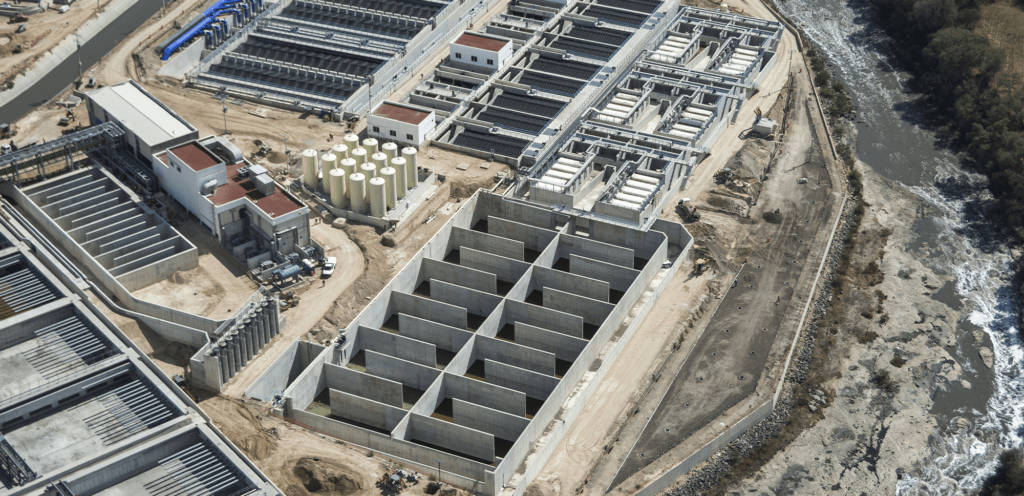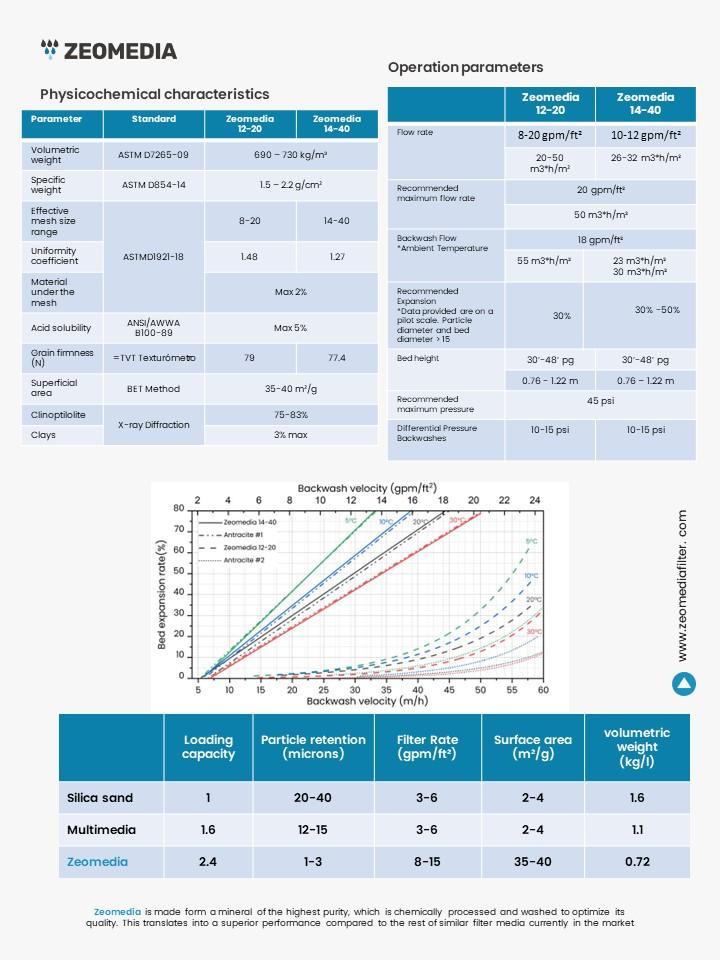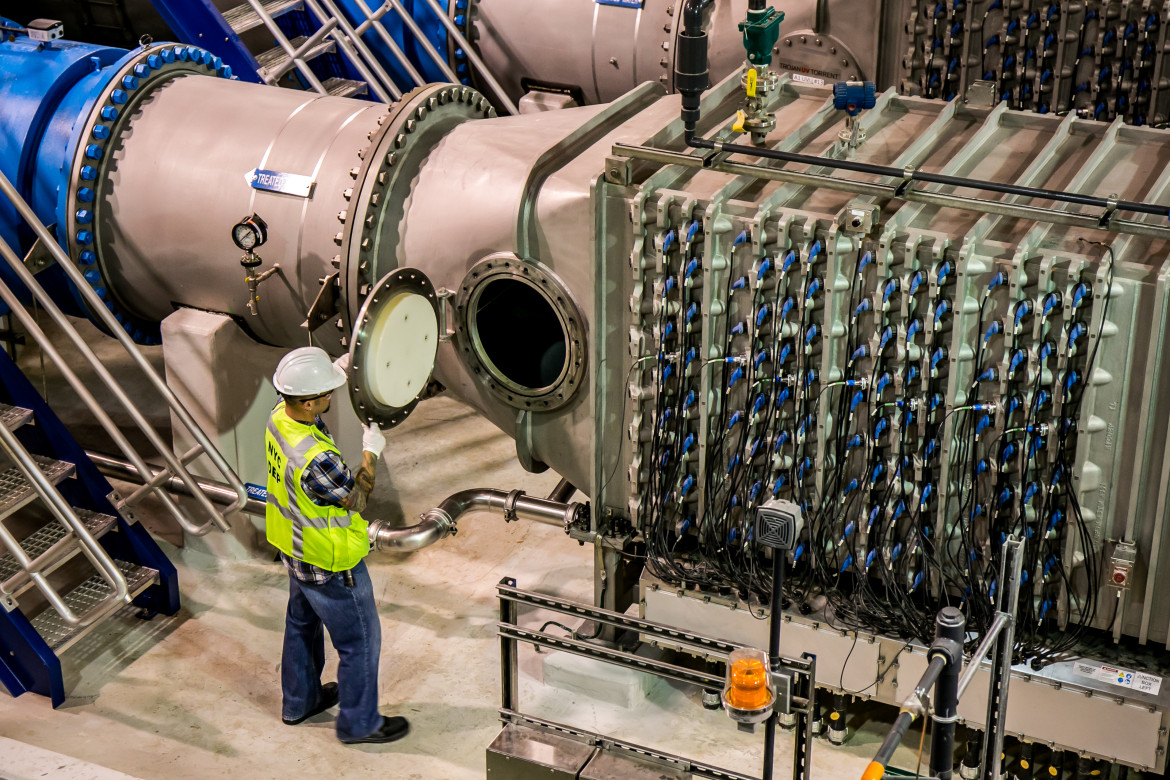Mexico’s Atotonilco Wastewater Treatment Plant
In the heart of Mexico, a remarkable engineering feat is taking shape – the Atotonilco Wastewater Treatment Plant (WWTP).
This colossal endeavor, set to become one of the world’s largest wastewater treatment facilities, is a testament to Mexico’s commitment to sustainable water management and revitalizing local infrastructure.

With its ambitious goals and unprecedented scale, the Atotonilco WWTP project has encountered numerous technical and logistical challenges that are reshaping the landscape of water treatment in the country.
Addressing a Century-Long Issue
For over a century, the Valley of Mexico has utilized wastewater for agricultural purposes in the Mezquital Valley, turning once arid lands into productive farmland. Mexico’s Atotonilco Wastewater Treatment Plant
However, the unchecked flow of excess wastewater and stormwater runoff has resulted in sanitary and environmental problems. To tackle these issues head-on, the National Water Commission (Conagua) embarked on a visionary $1.4 billion sustainable water management program.
One of the cornerstones of this program is the Atotonilco WWTP, a project that aims to transform the local environment and improve the lives of millions.
A Consortium of Expertise
The Atotonilco WWTP project was entrusted to Aguas Tratadas del Valle de Mexico (ATVM), a consortium comprised of industry leaders such as IDEAL, Atlatec, Acciona Agua, and others. With a 25-year timeline for design, execution, installation, and testing, this consortium has pooled its collective expertise to make this project a reality.
The Atotonilco WWTP project was entrusted to Aguas Tratadas del Valle de Mexico (ATVM), a consortium comprised of industry leaders such as IDEAL, Atlatec, Acciona Agua, and others. With a 25-year timeline for design, execution, installation, and testing, this consortium has pooled its collective expertise to make this project a reality.

The result is a massive facility that promises to clean nearly 60% of the wastewater produced by the Metropolitan Area of Mexico City, benefiting a population of over 20 million.
Engineering Marvel and Sustainable Solution
Referred to as the world’s largest wastewater treatment plant, the Atotonilco facility boasts an awe-inspiring maximum treatment capacity of 3.6 million cubic meters per day.
a. This plant is not only set to cleanse a substantial portion of the region’s wastewater, but it will also harness methane gas from the sludge treatment process to generate 60% of the electricity needed for its operations.
b. Innovation, this innovative approach demonstrates Mexico’s commitment to sustainability while reducing its dependence on external energy sources.
Complex Treatment Process
The Atotonilco WWTP employs a sophisticated treatment process that involves a series of intricate steps. Initial treatment is followed by secondary treatment, which includes aerobic reactors and secondary clarifiers.
The plant utilizes physical-chemical reactors, lamellar decanting, thickeners, rotating mesh filters, and disinfection to achieve its goal of producing clean water.
The treatment process not only meets quality standards but also minimizes environmental impact.
Overcoming Challenges
Constructing the Atotonilco WWTP has been no small feat. The project’s director, Aldo Salmeron Cortés, notes that it represents a monumental financial and logistical effort.
With a price tag of approximately $786 million, the project’s financial structuring has been a significant challenge.
Moreover, the irregular terrain necessitated precise coordination and management of materials and equipment, with over 1,200 pieces of heavy equipment sourced from around the world.
Global Milestone and Future Prospects Mexico’s Atotonilco Wastewater Treatment Plant
As the completion of the Atotonilco WWTP nears, Mexico is on the cusp of achieving a global milestone. With its implementation, Mexico City sets an example for other metropolises grappling with similar water management challenges. Mexico’s Atotonilco Wastewater Treatment Plant
The success of the Atotonilco project, combined with the construction of extensive tunnels spanning 62 kilometers, promises to position Mexico City as a model for sustainable urban water management in Latin America and beyond.
Getting a better filtration results with zeolite filter media
A zeolite filter can enhance wastewater treatment through its unique properties and advantages compared to traditional sand and anthracite filters. Here’s a list of reasons why a zeolite filter is superior to sand and anthracite filters in certain wastewater treatment applications
Advantages of Zeolite Filters:
a. Enhanced Adsorption: Zeolites effectively adsorb a wider range of contaminants, including heavy metals and ammonia.
b. Selective Ion Exchange: Zeolites selectively remove specific ions like ammonium, addressing challenging pollutants.
c. Nutrient Removal: Zeolites efficiently remove nutrients like ammonium and phosphorus, reducing nutrient pollution.
d. Higher Loading Capacity: Zeolites handle more pollutants, leading to longer filter run times and reduced maintenance.
e. Reduced Footprint: Zeolite filters require less space due to their efficiency, making them suitable for compact locations.
f. Regeneration Potential: Zeolites can be regenerated and reused, cutting waste and lowering operational costs.

These benefits make zeolite filters a compelling choice for enhancing wastewater treatment processes, particularly in cases where specific contaminants or conditions require specialized treatment.





